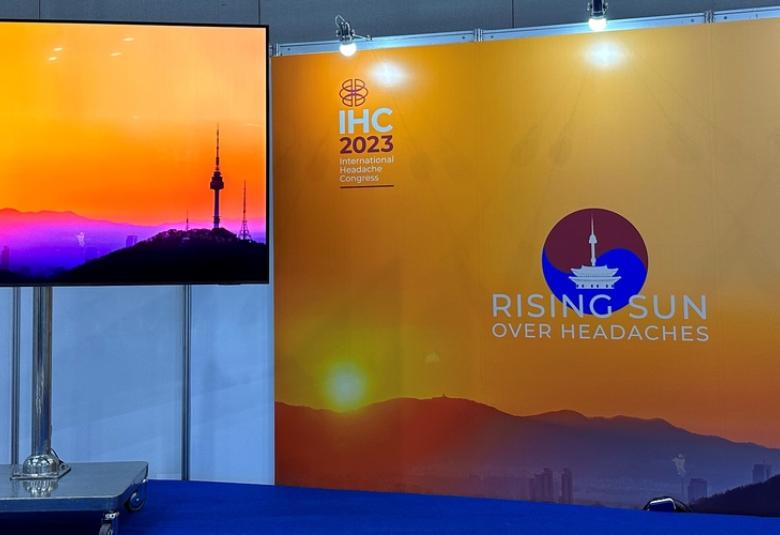Reliable biomarkers and agreed clinical staging systems would both represent valuable steps towards precision psychiatry for bipolar disorder (BD). But the Brainstorming Session was characterized by more questions than answers.
Clinical trial patients are not necessarily clinical practice patients, Iria Grande (University of Barcelona, Spain) emphasized.
Real-life patients may not respond to the trial drug; or, at least, they may not respond at the trial dose. And people in everyday practice are far more likely to have complicating medical and psychiatric comorbidity such as substance abuse compared to clinical trial patients. Trial findings largely focus on mean data, while the response or lack of it among real-world patients is more heterogeneous.
An ideal way forward in therapy for BD would be to find reliable biomarkers, perhaps genetic – as has been valuable in oncology through the subtyping of tumors in individual patients.
Staging by number of episodes
In the absence of such biomarkers, perhaps some progress can be made with clinical staging. Dr Grande described a system which classifies people as belonging to one of four stages: prodromal, first episode, multiple episode (typically with periods of rapid cycling), and chronic – a relatively stable phase dominated by depression.
Such a staging scheme has implications for therapy, Dr Grande suggested. In the prodromal phase, when drug treatment is probably ethically unacceptable, people at risk can be helped by psychological support. In intermediate stages, drugs are the mainstay of treatment. And in the chronic stage, efforts at functional remediation come to the fore.
Gregor Hasler (University of Bern, Switzerland) took up the theme of patient classification, arguing that being able to tailor treatment to subgroups would avoid lengthy periods of trial-and-error pharmacotherapy – which, in cases of lack of response – can encompass serial attempts at monotherapy, dose escalation, and augmentation.
Biomarkers in genes and behavior
Smartphones and watches may allow patients to be subtyped using data on real-world behavior
The discovery of markers related to the biological processes underlying the condition would provide targets for rational drug development as well as aiding precision treatment, he said. But this prospect is distant. More promising have been attempts to identify genetic polymorphisms relating to variations in lithium metabolism, though we are not yet able to use such pharmacogenomic information to guide treatment in individual patients.
In discussion, Eduard Vieta (Barcelona, Spain), reminded us that biomarkers are not confined to molecules in blood or to genetic mutations. He looked forward to an era in which the collection of objective data from smart portable devices will enable us to monitor and classify patients by factors such as levels of activity and extent of sleep abnormalities, for example.
This type of passive data collection between clinic visits can give a better sense of true patient functioning since the information a patient gives us is often influenced by how they feel on the specific day we see them, he said. The information given to us by their smart phone is not.





